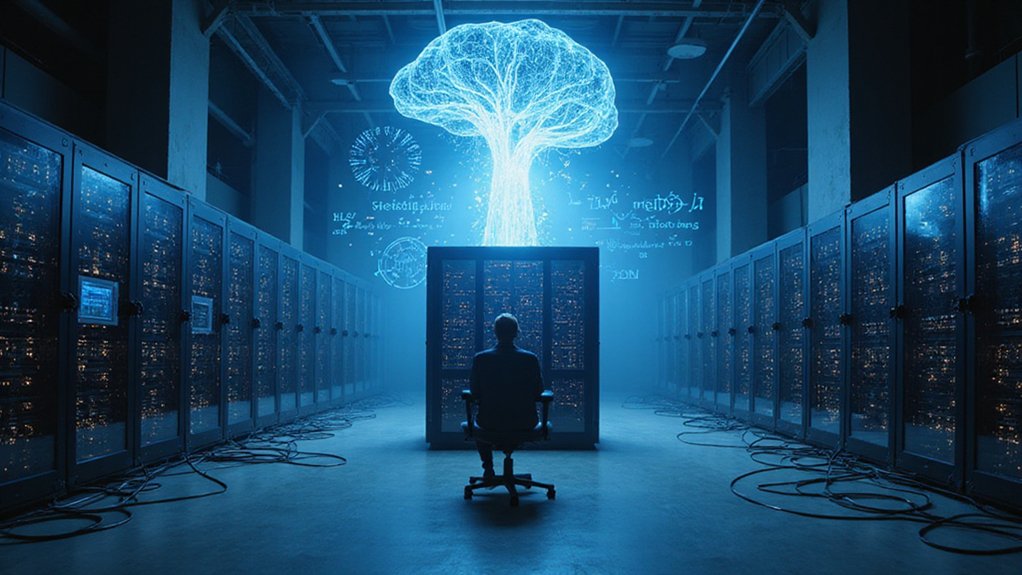Wikipedia is facing a serious problem with AI bots that are using up 65% of its resources while only making up 35% of its traffic. Since January 2024, bandwidth use from these bots has jumped 50%. The nonprofit organization relies on donations and can’t keep up with these demands. Wikimedia’s team has started blocking excessive bot traffic and is looking for long-term solutions to this growing challenge.
While Wikipedia remains a free resource for millions of users worldwide, the popular online encyclopedia now faces a serious threat to its operations. Recent data shows AI crawlers account for 65% of Wikimedia’s most resource-intensive traffic, despite contributing only 35% of pageviews. This imbalance is putting unprecedented strain on the platform’s infrastructure.
Bandwidth consumption from AI bots has surged 50% since January 2024. Unlike human visitors who typically focus on trending topics, these bots indiscriminately scrape all content, including rarely accessed pages. This behavior overwhelms Wikimedia’s central database because obscure content lacks the caching optimizations used for popular pages.
The problem is particularly severe with Wikimedia Commons‘ 144 million media files. AI bots target these multimedia resources for training generative AI models, creating massive bandwidth demands. During high-profile events, like Jimmy Carter’s death, bot traffic greatly worsens network congestion.
Wikimedia’s Site Reliability team has been forced to block excessive AI bot traffic to prevent widespread slowdowns. The foundation is actively working to set sustainable boundaries for bot access while maintaining service for human users. Distinguishing between human and bot requests remains technically challenging, complicating server load management.
These developments create serious financial challenges for the non-profit organization. Operating on limited resources and relying on donations, Wikimedia isn’t equipped to handle the disproportionate resource consumption by AI crawlers. Many community members have suggested invoicing web crawlers for their excessive resource usage. The increased server and bandwidth costs are stretching the foundation’s budget to concerning levels. This issue resembles what Cloudflare addressed with their AI Labyrinth solution designed to combat excessive bot traffic.
The difference between human and bot traffic patterns is stark. Human visits to popular content benefit from cached delivery at local data centers, while bot scraping of obscure content requires more expensive retrieval from central databases. Unlike contextually relevant human browsing, bot traffic makes load balancing and caching ineffective.
As this crisis continues, Wikimedia is exploring solutions like rate limiting and better identification of high-load bots while raising awareness about the unsustainable resource usage that threatens this crucial information platform.









